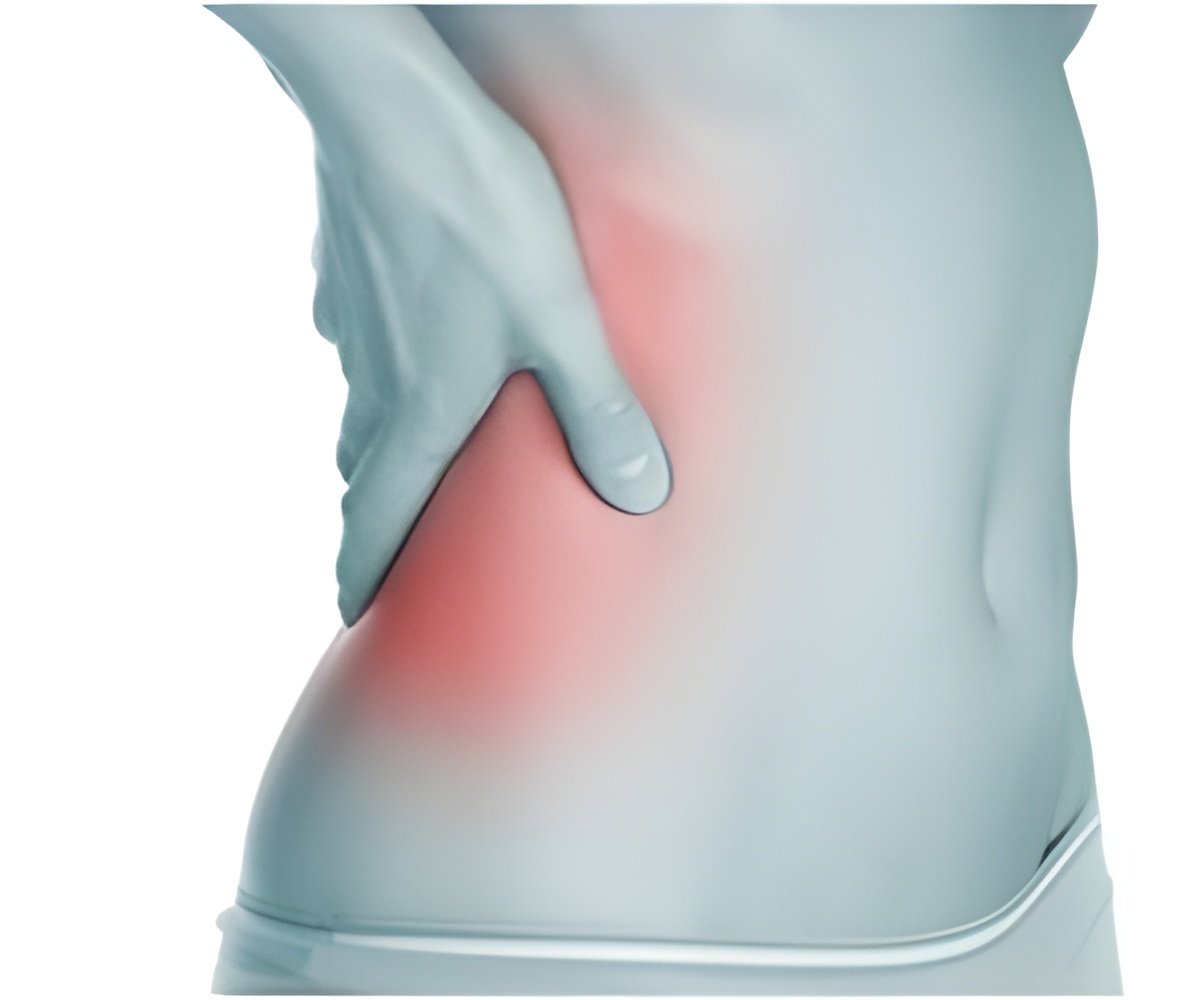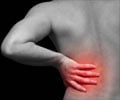
"We were able to demonstrate that a certain class of potassium channels is removed from the surface of nociceptive cells during inflammatory signaling. The removal of these ion channels is linked to the hypersensitivity of these nerve cells. We demonstrated that reducing the expression of these channels by gene interference techniques produced a similar nociceptor hyperexcitability," said senior author Arin Bhattacharjee.
Pain-responsive nerve cells, known as nociceptors, are electrical cells that normally respond to pain stimuli. It then relays information to the central nervous system, indicating the location, nature and intensity of the ensuing pain.
Nociceptors are sensitized during inflammation, their ionic properties are altered and their firing characteristics changes. This sensitization causes a state of 'hyperalgesia', or increased sensitivity to pain.
"Merely touching the inflamed area can be very painful. The ionic mechanisms that are chiefly responsible for this inflammatory-mediated change in nociceptive firing had not been clearly identified," said Bhattacharjee.
Inflammatory pain can result from penetration wounds, burns, extreme cold, fractures, arthritis, autoimmune conditions, excessive stretching, infections and vasoconstriction.
Advertisement
"But the adverse side effects associated with these drugs limit their long-term use and compromise patient compliance. As a result, there is a great need to understand the cellular processes involved in inflammatory pain to create less toxic, less addictive, analgesic drugs," he added.
Advertisement
"We expect to show that maintaining these channels at the surface during inflammation will be effective for pain relief. Successful completion of our studies will provide the impetus for direct human clinical trials," he said.
The study is published in a recent issue of The Journal of Neuroscience.
Source-ANI









